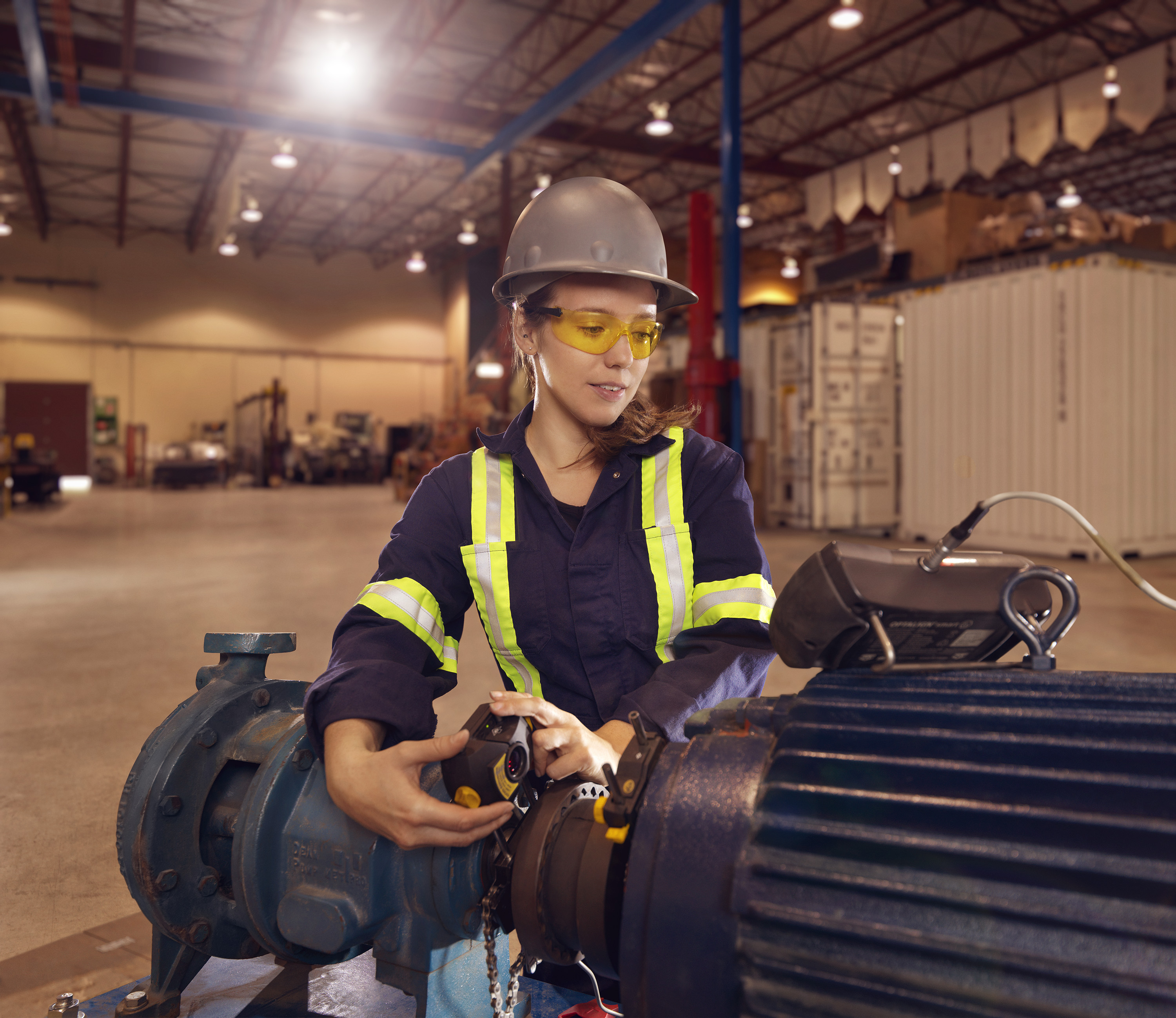Industrial Mechanic (Millwright)
Industrial Mechanic
(Millwright)

- How to read and interpret blueprints, diagrams and schematic drawings
- How to inspect and examine machinery and equipment for irregularities and malfunctions
- How to install, align, dismantle and move stationary industrial machinery and mechanical equipment such as pumps, fans, tanks, conveyors, furnaces and generators
- How to maintain power transmission, vacuum, hydraulic and pneumatic systems, and programmable logic controls
- How to clean, lubricate and perform other routine maintenance work on machinery
Millwrights are systematic fixers whose expertise covers a wide range of tasks. In fact, their work borrows from many other trades—electricians, plumbers, machinists and mechanics—all rolled into one.
As a Millwright, you’ll install, repair, and maintain a huge range of machinery.
This will require a mechanical aptitude, as well as a knack for working with machinery and troubleshooting. You’ll be highly adaptable, learning the skills to work on specialized machines.
Whether working on a broken conveyor belt or repairing a skill lift, you’ll enjoy the diversity of your job.
Program Updates
July 2022: Transition Update (Current/pre-harmonized program closes)
November 2017: Transition Plan
Program Information
and Resources
Program Information
and Resources
Exam Information
and Resources
Find exam-related information and resources under each menu item below.
Information:
Information:
Information:
Challenge the
Trade
Challenge the
Trade
If you have significant work experience in a trade but have never been certified in Canada, you may apply to challenge the certification. Learn more about How to Challenge a Skilled Trade.
OR
If you sponsor apprentices but have never been certified in Canada, you may request to supervise and sign-off apprentices when they are ready to be certified. Please refer to the application form on whether this trade qualifies.
Instructions
How to Apply
Application Form
Personal information and exams scheduling information (for challenge option)
Employer Declaration
Document of relevant work experience
Statutory Declaration
Attestation for self-employment/work experience when employer cannot be contacted
- Equipment installation and maintenance
- Cutting, fitting and fabricating
- Electricity and electronics theory
- Use of specialized tools and equipment
- Knowledge of lubricants, seals, bearings, power transmissions, compressors, and pumps
To get certified, you will need to sign up for technical training at an approved training provider in addition to on-the-job training.
Visit Trades Training BC and EducationPlannerBC for a comprehensive list of what programs are available in your trade at public and non-public schools.
